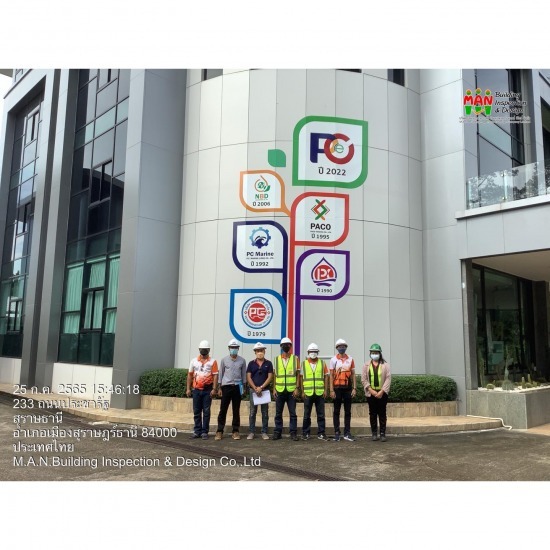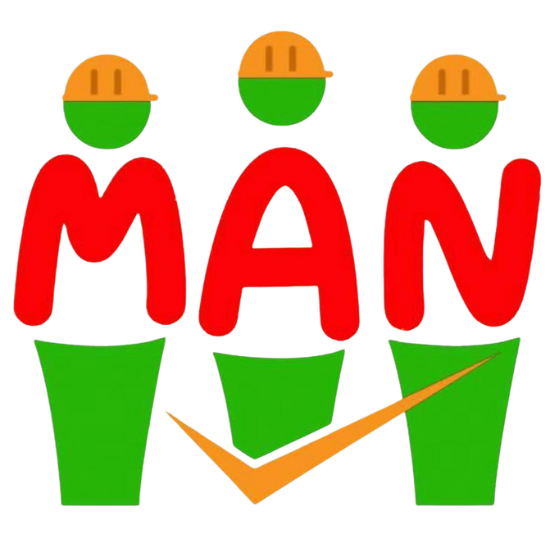
Reparation for existing building structures Phuket.
M.A.N. Building inspection & Design Co.,Ltd
Reparation for existing building structures Phuket. Wear or failure of structural we can be categorized into 3 cases based on the failure causes. The structural failure is due to changes in usage, The building was constructed to be a residence. However, after its opening, there was a change in usage to a shop house. The change in usage involves adding additional load to the structure. This is the cause that resulted in structural wear or failure. Therefore, it is advisable to repair and reinforce the structure to have a load-bearing capacity at least equal to the original structure before failure. Structural failure due to a fire Structures that have been exposed to fire for an extended period often lose strength in supporting weight. Although, concrete has insulating properties and can withstand heat well. However, when concrete is exposed to prolonged high temperatures, it may lose adhesion, peel off, and break. Making the internal reinforcing steel directly heat-resistant. When the reinforcing steel is exposed to high temperatures up to 425 degrees Celsius, the strength of the reinforcing steel rapidly decreases, leading to structural failure. Therefore, repairing structures damaged by fire is a reinforcement of the structural strength to restore it to its original condition, ensuring safety for future use or enhancing its strength beyond the original specifications. The most frequently encountered structural damage. It is a condition known as "explosive spalling or bursting of concrete cover" or "concrete spalling which occurs when concrete has visible cracks or has a minimal concrete covering, allowing water or moisture to penetrate through to the reinforcing steel, causing corrosion. The corrosion can force the concrete to crack, chip, or spall, leading to potential structural damage. The repair process depends on the extent of damage to the reinforcing steel and the quality of the concrete. Methods for Repairing Columns: There are various methods for repairing columns, depending on the nature of the damage, such as: Enlarge the cross-sectional area of the column and beam to make them larger. Increase the covering distance for the concrete of columns and beams. Increase the shear reinforcement to enhance the shear capacity for added strength against shear forces. Implement various protective systems to prevent additional corrosion in the future. Steps for Repairing Concrete Columns and Beams Remove the damaged or deteriorated concrete completely. If it is necessary to remove a significant amount of concrete from columns or beams, resulting in a substantial loss of the concrete cross-section, temporary supports must be installed during the repair process. Remove all rusted portions of the steel bar. If the corrosion exceeds 15% of the cross-sectional area of the steel bar, new reinforcing steel splices must be welded in as replacements. The size of the new reinforcing steel should not be smaller than the original. If using the original reinforcing steel, apply an anti-corrosion solution to prevent further rusting in the steel. Perform formwork or enter the construction form before closing. Before closing the formwork, apply a concrete bonding agent. Repair the structure with Repaired Mortar according to the company's specified proportions, which consist of grout, structural lime, and aggregate (stone chips). This can be done using the concrete formwork closure method or by coating with Repaired Mortar Wait for the specified demolding time and proceed to plaster the surface with lime until it is smooth. Contact us. (Tel). 09-2561-5692. Line ID@manbuilding , Office hours: Monday to Saturday, 08:00 - 17:00.
